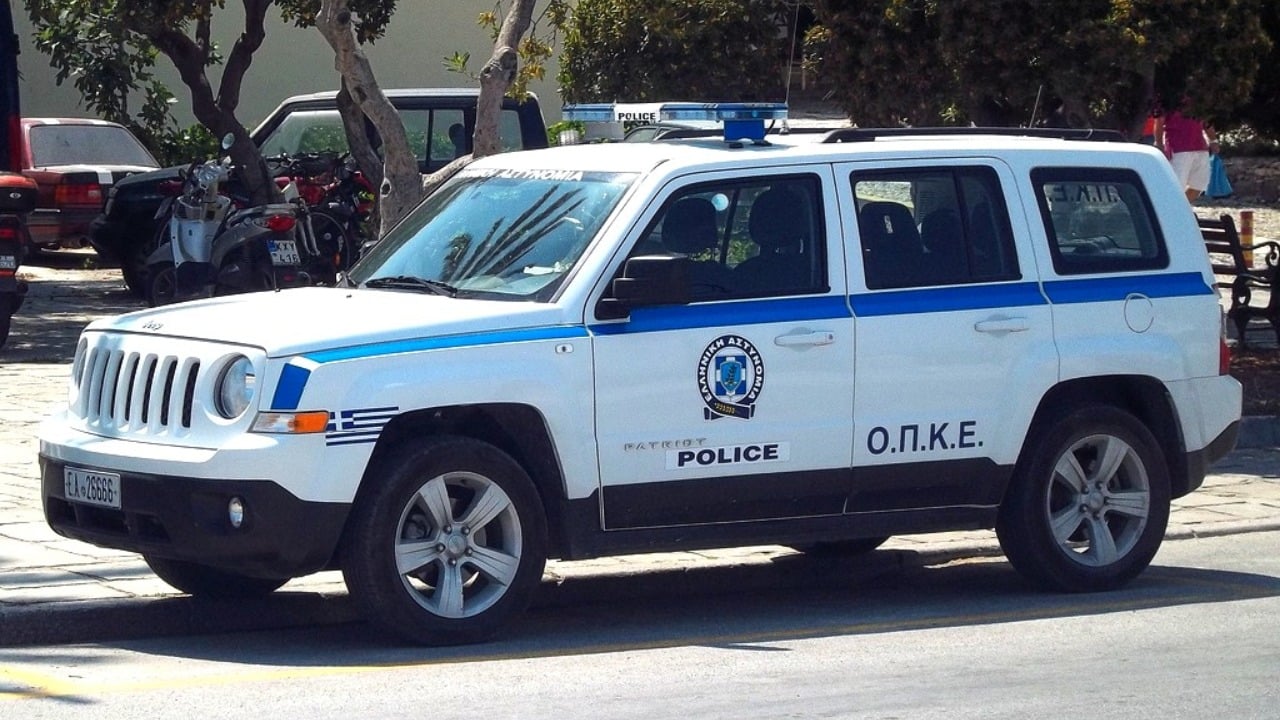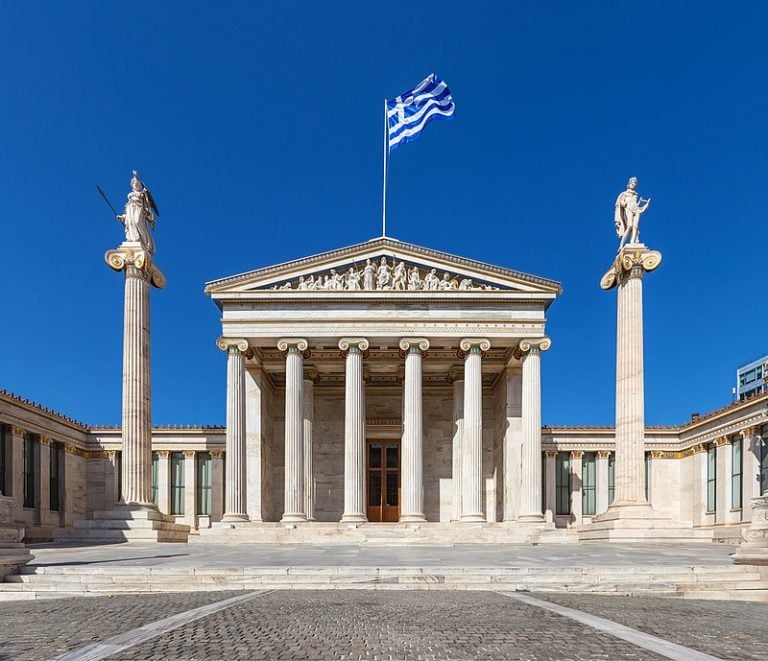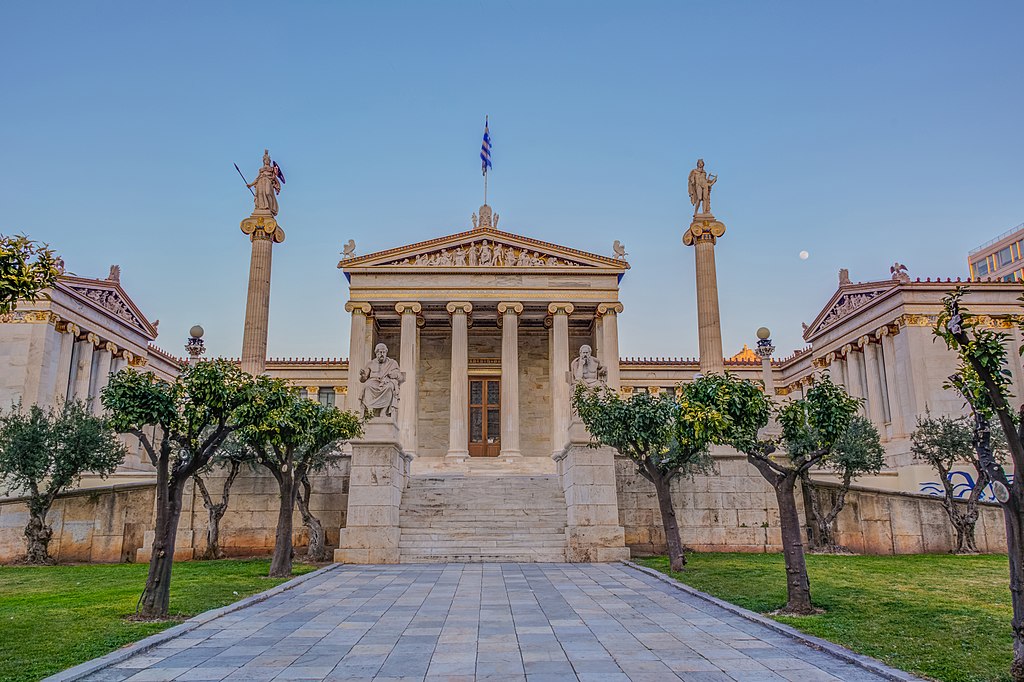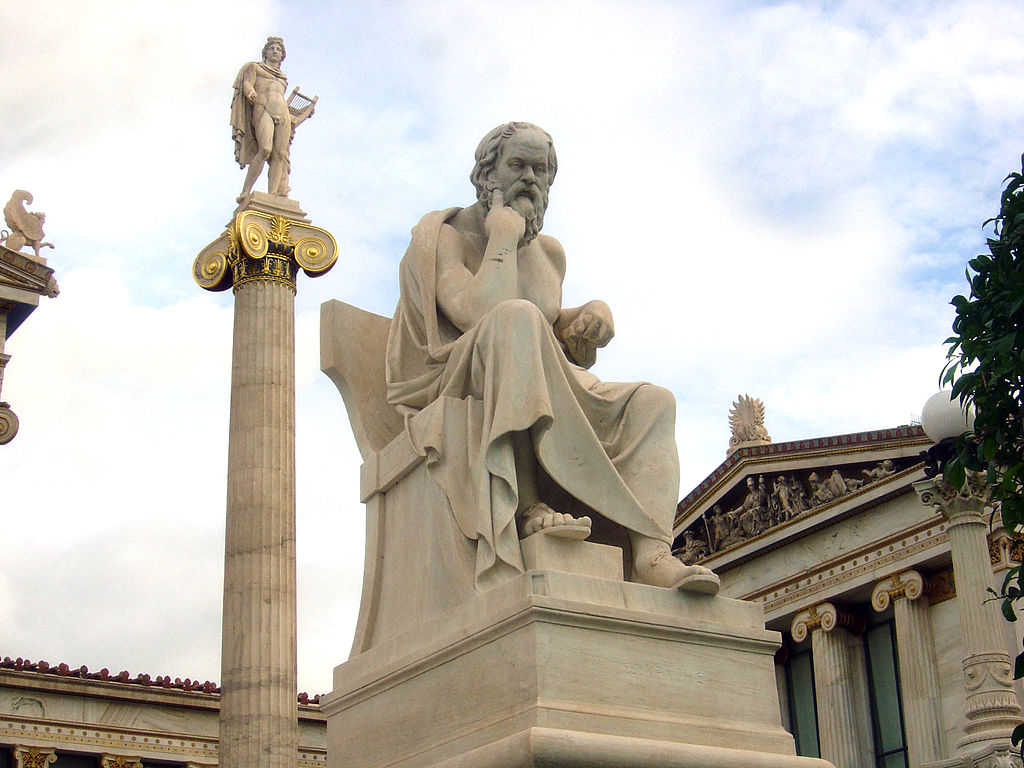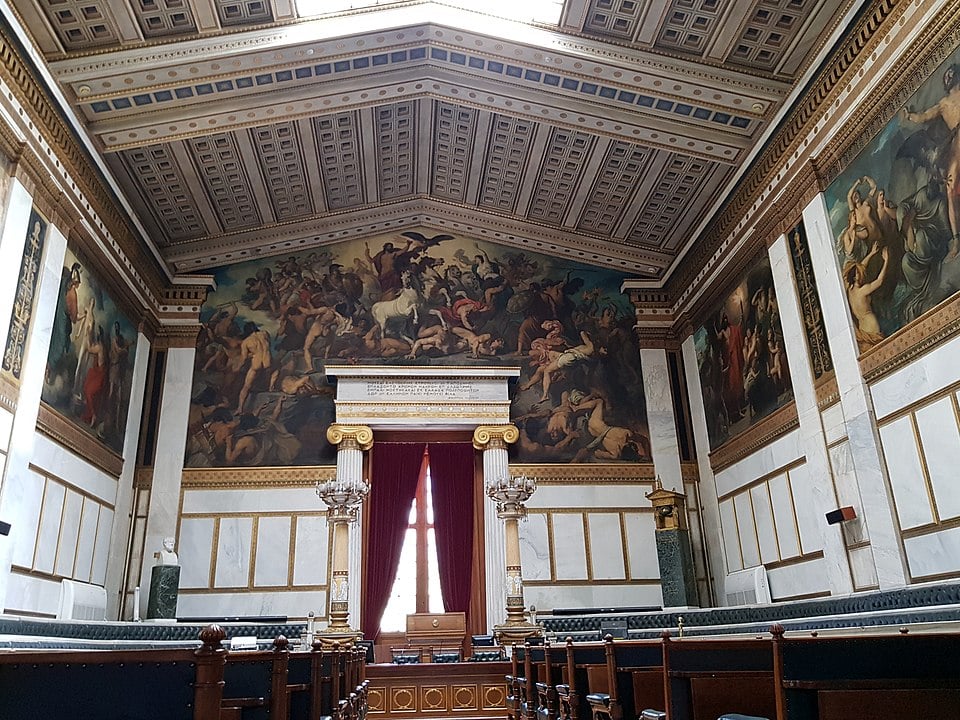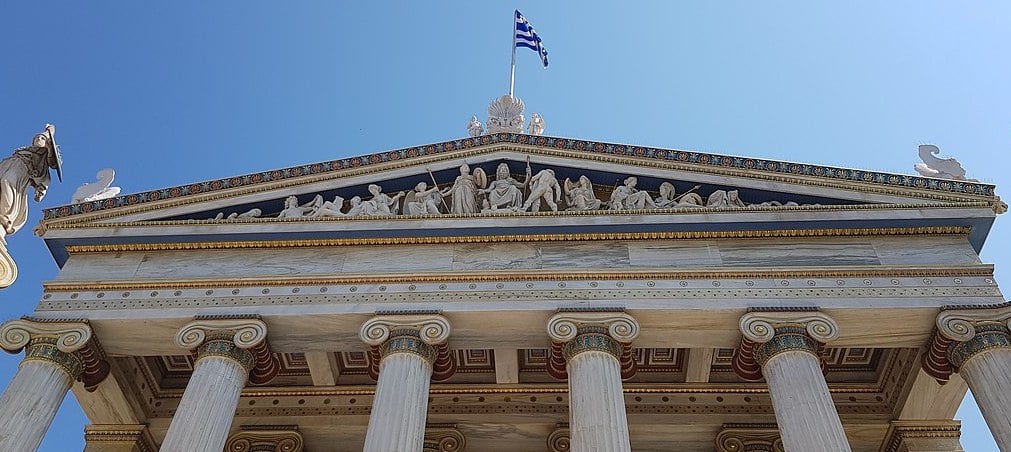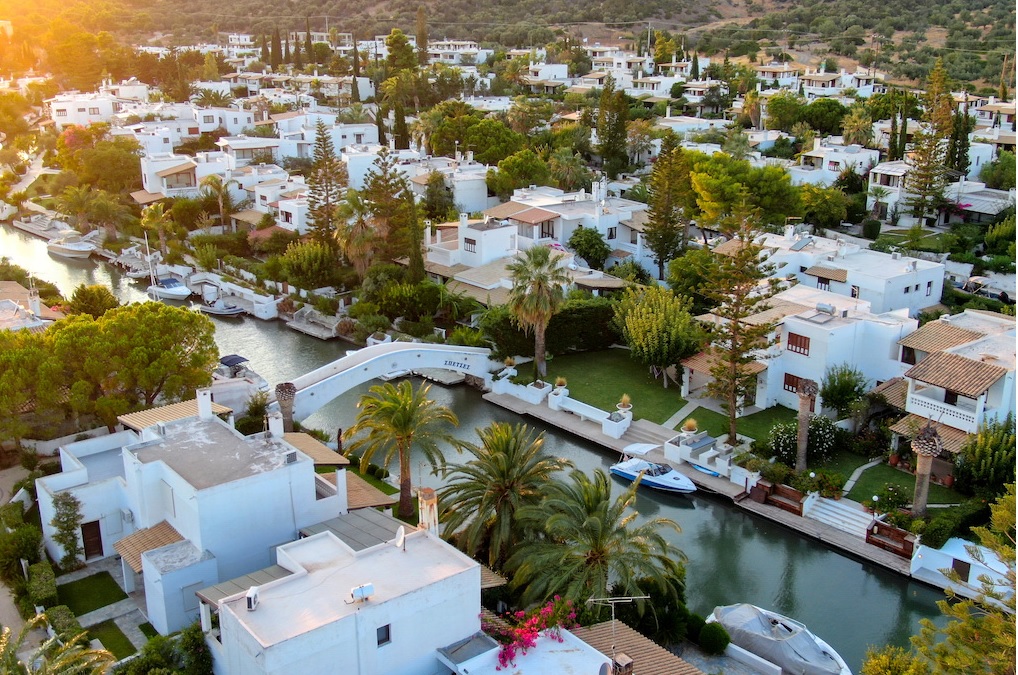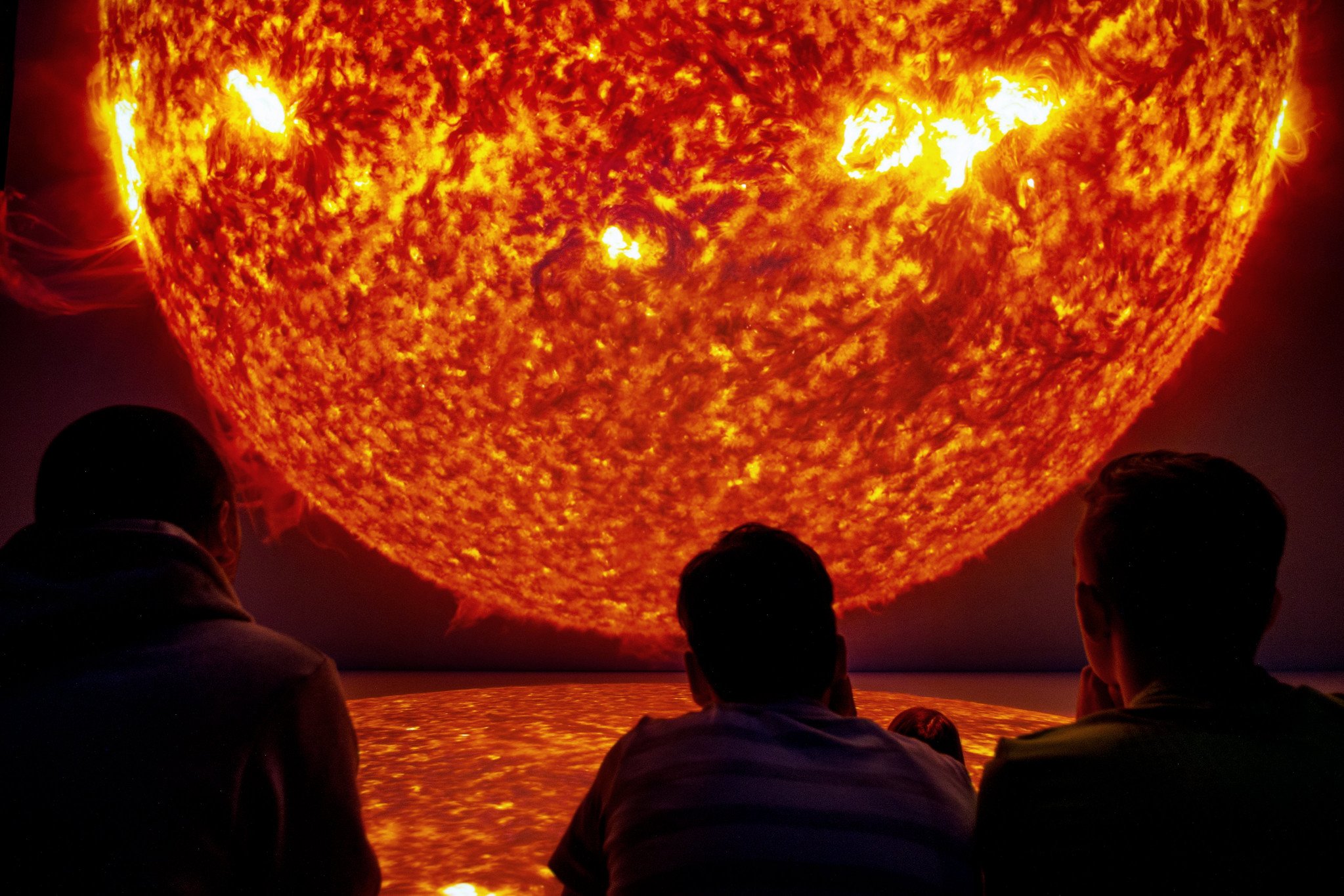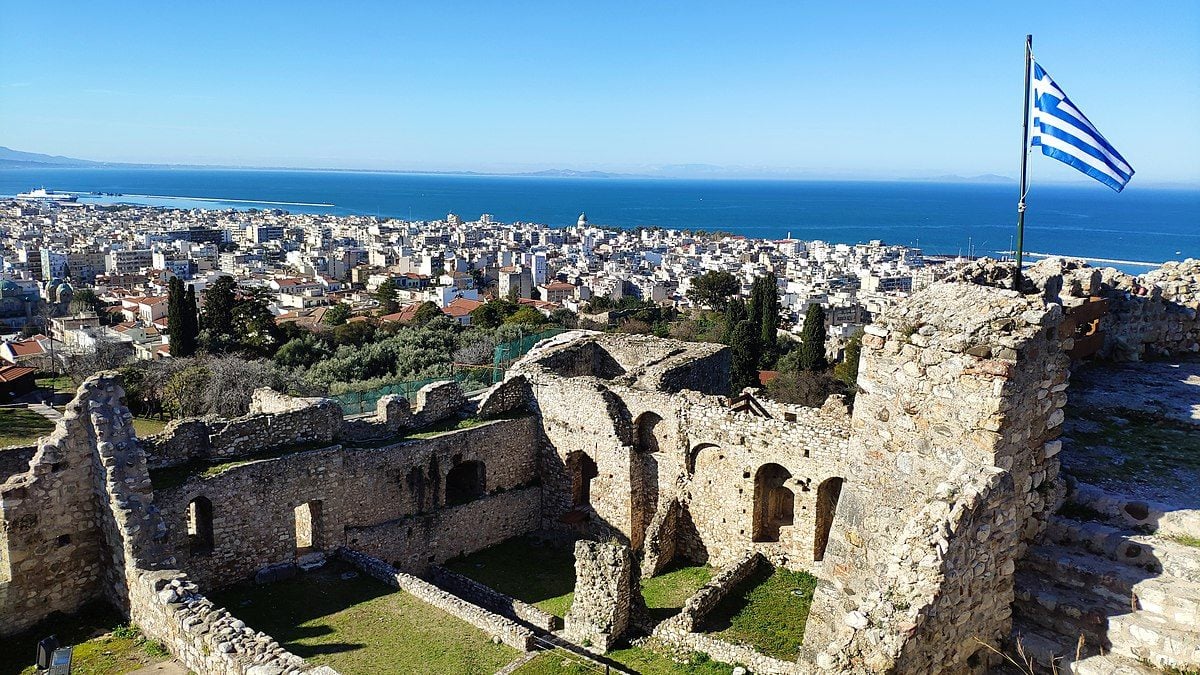
In today’s interconnected world, the term ‘digital footprint’ has become increasingly important. As our reliance on technology and the internet grows, so does the need to understand the potential dangers associated with our digital presence. Because your digital footprint can prove to be dangerous.
You have a digital footprint if you own a smartphone, have an email address or social media profile, or have ever made an online purchase. You leave digital traces of your every online action. A digital footprint is a piece of information that is left behind whenever a person uses a digital service or when details about that person are posted onto a digital forum, like a social network, according to the Centre for the Protection of National Infrastructure (CPNI). Your digital footprint is used by businesses to offer you customized advertisements, but it can also be used by hackers to gather information about you or your company and launch targeted cyberattacks like phishing, identity theft, tailgating, and many other types of assaults.
Companies also have a digital footprint. This includes official domains, user account information, mentions in the press, posts made by employees, internal working materials, and so forth.
What is a Digital Footprint?
A digital footprint refers to the trail of data that individuals leave behind as they interact with digital services, such as websites, social media platforms, and mobile applications (source: Techopedia). This data can include personal information, search queries, online purchases, and social media activity. While some aspects of a digital footprint are intentionally shared, others are collected passively by various online services and may be used for targeted advertising, data analysis, or other purposes.

Positive and Negative Aspects of Digital Footprint
The Benefits of a Digital Footprint
A digital footprint can have several positive outcomes, such as creating a strong online presence and enhancing personal branding. For professionals and businesses, a well-managed digital footprint can lead to increased visibility and credibility, helping them build a reputation and attract potential clients or customers (source: Forbes).
The Dangers of a Digital Footprint
Despite its benefits, an unmanaged or poorly managed digital footprint can pose significant risks. Online activity can be monitored by potential employers, educational institutions, and even hackers. Inappropriate or controversial content can harm an individual’s reputation or lead to identity theft, cyberbullying, or other forms of online harassment (source: NCBI). Moreover, a digital footprint can compromise personal privacy, as data collected by online services may be sold to third parties or used for targeted advertising without users’ consent.
Social Media, Google Maps, and Wearables: How They Affect Your Digital Footprint
Social Media and Your Online Presence
Social media platforms are a major contributor to an individual’s digital footprint. Personal information, photos, and posts can be easily accessed by others, even if the user believes their privacy settings are secure. People frequently forget that posting on social media is not the same as speaking to someone in person. Whereas normal conversation happens and then ends, every conversation on social media websites continues to exist. You leave a digital footprint with everything you read, view, say, purchase, or search for, that others can follow.
Every button that you click has a piece of code behind it that tracks you.
A digital footprint can be dangerous and you need to remember that social media is not a place to have a fight, speak badly about a person, or criticize or judge people. Because all that you write on your and on other people’s timelines stays there forever. There are users who keep screenshots of specific posts from other users.
Even if a post is deleted, there must be a backup or a screenshot of it, somewhere on the web. People complain about their feeds and the ads they see. You need to go to your Ad preferences. You can change everything there, so you only see ads for things that interest you. It is the least you can do for a better user experience on the social media platform that you are using.

Your social media footprint’s characteristics can affect almost every element of your life. Your network of relationships with people, organizations, and concepts is also reflected in your digital footprint. Every time you liked, commented on or shared something on a friend’s or group’s page, it was recorded and put to use.
The average person nowadays leaves behind 126 email addresses, 9,828 photographs, and 10,811 social media posts online throughout the course of their lifetime. The results of a survey of 2,000 persons show that 36% of the average person’s life is shared online, where it can still be viewed decades after death. A study commissioned by Aloha Browser also discovered that the typical adult shares 141 tweets, 170 Facebook posts, and 276 Instagram posts annually. For a typical lifetime, that comes out to 17,369, 10,680, and 8,911 accordingly.
So, a digital footprint can be proven to be dangerous in some cases.
Google Maps and Tracking History
Google Maps can contribute to your digital footprint by tracking your location history, search queries, and the places you visit. This information can be used by Google to personalize your experience and deliver targeted advertising. However, it may also be accessed by hackers or other malicious parties. (source: The Guardian).

In fact, Google tracks everything and keeps your search history forever. You can see it in Google my Activity. Most people are unaware that Google is still gathering as much information on you as it can, even if you don’t use any of its products directly, or if you have Airplane Mode set to ON, on your smartphone. On 75% of the top one million websites, Google trackers have been discovered.
Wearables and what they Track
Wearable devices, such as smartwatches and fitness trackers, collect vast amounts of personal data, including health metrics and location information. This data can be used to provide users with personalized recommendations and insights, but it can also be shared with third parties or be vulnerable to security breaches (source: Privacy Rights Clearinghouse). Users should be aware of the potential risks associated with wearables and take precautions to safeguard their digital footprint. By this time next year, more individuals may possess a wearable gadget than a tablet, according to current statistics. Wearable device ownership has increased by more than 9% year on year.
Deleting Your Online History Permanently: Steps to Take
While completely erasing one’s digital footprint is challenging, there are several steps users can take to minimize their online presence and protect their personal information.
- Remove social media profiles and content: Begin by deleting your profiles on social media platforms and any content you have posted or been tagged in. You may also want to use a tool like Google’s Remove Outdated Content to request the removal of specific pages or images from search results.
- Delete online accounts: Close any online accounts you no longer use, including email accounts, online shopping accounts, and forum memberships. Be sure to remove any personal information from these accounts before deleting them.
- Opt-out of data broker websites: Data brokers collect and sell personal information from various sources. To remove your information from their databases, visit their websites and follow the opt-out procedures provided. Some popular data brokers include Whitepages, Spokeo, and BeenVerified.
- Review and adjust privacy settings: Ensure that your privacy settings on social media platforms and other online services are set to limit the amount of personal information visible to others. Remember to review these settings regularly, as they may change over time.
- Limit data sharing: Be cautious when sharing personal information online, do not accept cookies, use your browser in private or incognito mode, and consider using a virtual private network (VPN) to encrypt your internet connection and protect your privacy.
- Monitor your digital footprint: Regularly search for your name on search engines and social media platforms to monitor your digital footprint and identify any unauthorized use of your personal information.

By taking these steps, users can significantly reduce their digital footprint and protect themselves from potential dangers associated with online activity. As technology continues to advance, it is essential to remain vigilant and proactive in safeguarding our digital privacy.
In conclusion, while a digital footprint can offer benefits such as personal branding and online visibility, it can also pose significant risks to privacy and security. As users of social media, Google Maps, and wearables, we must be aware of how our digital footprint is created and take steps to protect ourselves. In general, if you don’t have anything important to say, don’t say anything on Social Media, and be really careful of what photos you share and which groups you join. You’ve received an email from someone you never gave your email address to? It’s because they found you from your digital footprint. A digital footprint can prove dangerous because it may also jeopardize your job. 77% of prospective employers use search engines like Google to assess applicants, and 35% of these employers confess that they have disqualified an applicant based on information they have discovered online.
Remember: Your digital footprint speaks louder than your CV.





